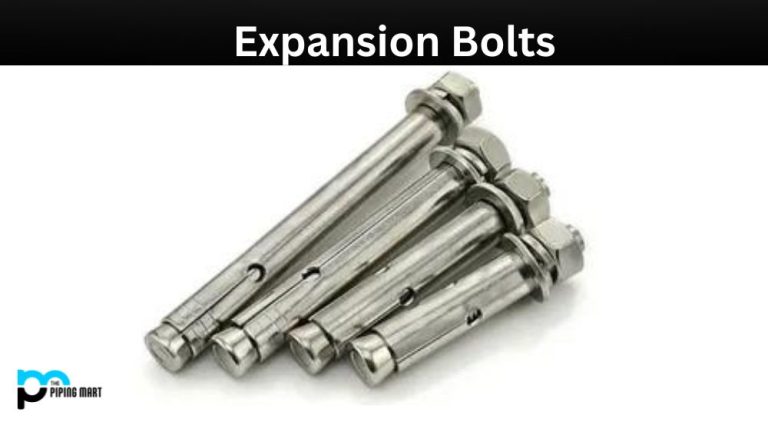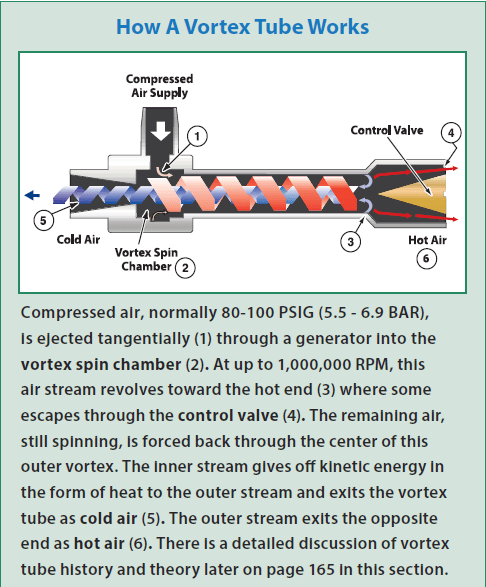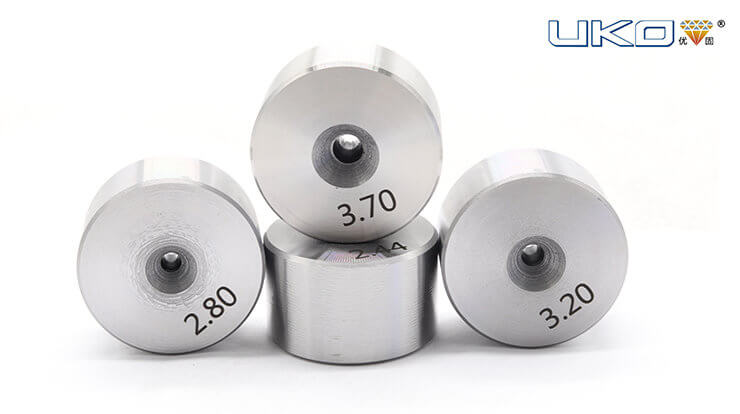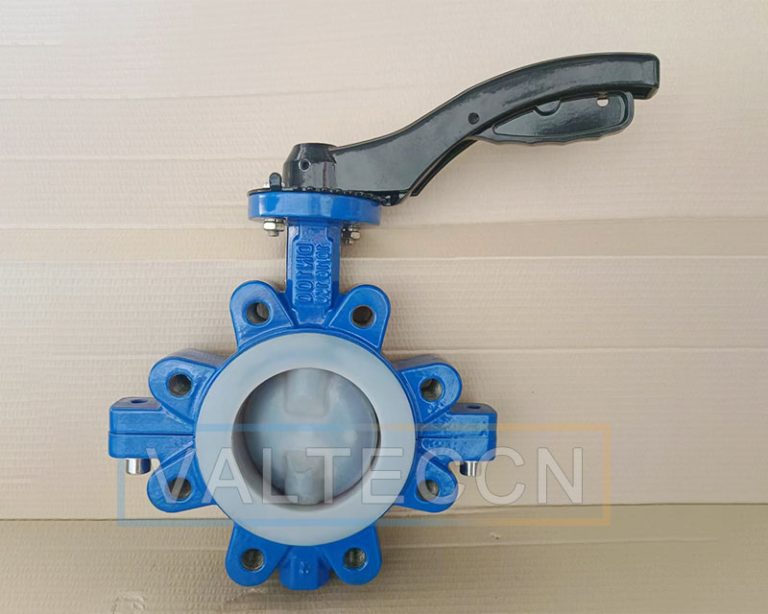What’s the Cutting Parameter for Carbide End Mills? – UKO Blog
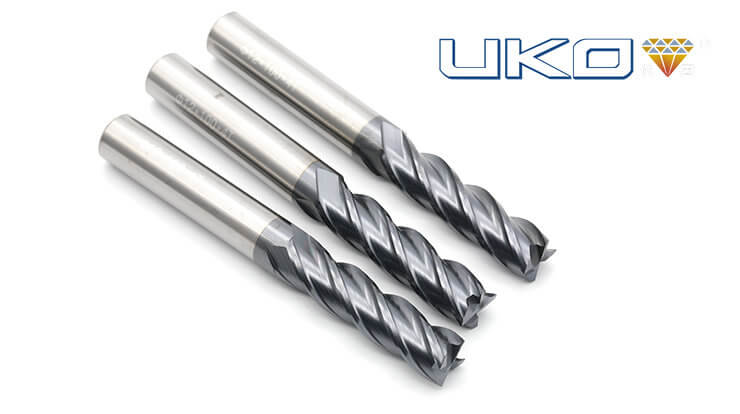
Milling refers to the use of rotating multi – edge tool cutting workpiece, it is a highly efficient processing method. Suitable for machining plane, groove and all kinds of spline, gear and thread die and other special shape machining.
The general surface roughness of the milling precision is 6.3 — 1.6 m.
Surface roughness for rough milling of 5 — 20 m.
The surface roughness during semi-finishing milling is 2.5 — 10 m.
Surface roughness during precision milling: 0.63 — 5 m.
Precision is used to represent the degree of fineness of the workpiece, which is a special term to evaluate the geometric parameters of the machining surface, and it is also an important index to measure the performance of the CNC machining center. Under normal circumstances, machining accuracy is measured by tolerance level, the lower the level, the higher the accuracy.
Traditionally, CNC machining processes are divided into three categories: rough machining, semi-finishing, and fine milling. Generally, rough machining should be performed with a larger tool and with a larger cutting depth and step distance (heavy cutting), in order to quickly remove a large number of materials. Fine milling cutters with light cutting (small cutting depth, small spacing) with high speed and feed operation to obtain perfect surface accuracy. End milling cutter for light plane, light vertical wall, and ball cutters (or fillet cutters) for light surface.
According to the material hardness of the parts, the appropriate tool should be selected, such as copper, aluminum and hardness of less than 38 degrees of Rockwell steel (such as no. 45 steel) should be selected domestic high quality steel. The hardness of the material (such as hardened die steel) should be preferred alloy knife, titanium-plated knife or tungsten steel knife.
Cutting conditions are mainly following items.
Milling speed, The maximum cutting diameter of the milling tools is the distance traveled in one minute. It is caculated by milling cutting speed and end mill bits diameter.
Revolving speed, the number of the milling spindle turns in 1 minute, which are also related to the milling speed and cutting diameter.
Feed speed, which refers to the feed of theworking table in 1 minute. Its value can be calculated from the feed speed, endmill flutes and feed rate.
Feed per flute, the distance that the workpiece moves relative to the end mill with each rotation of the tooth. Its value is similar to feed speed.
The processing time refers to the time required to process the workpiece material. Its value can be calculated by processing time, total feed length of worktable and feed rate.
Okay, above are the basic parameter about the carbide end mill processing procedures, hope this article willhelp you to further understand the CNC tool. Any question, please feel free to contact Melody.
